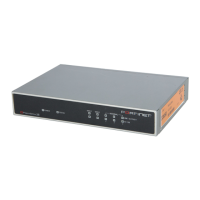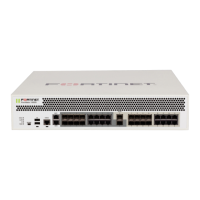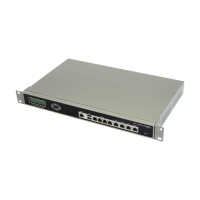Router Dynamic OSPF
FortiGate Version 3.0 MR4 Administration Guide
01-30004-0203-20070102 199
Defining OSPF areas
An area logically defines part of the OSPF AS. Each area is identified by a 32-bit
area ID expressed in decimal dot notation. Area ID 0.0.0.0 is reserved for the
OSPF network backbone. You can classify the remaining areas of an AS in one of
three ways:
• Regular
•Stub
• NSSA
A regular area contains more than one router, each having at least one OSPF-
enabled interface to the area.
To reach the OSPF backbone, the routers in a stub area must send packets to an
area border router. Routes leading to non-OSPF domains are not advertised to
the routers in stub areas. The area border router advertises to the OSPF AS a
single default route (destination 0.0.0.0) into the stub area, which ensures that any
OSPF packet that cannot be matched to a specific route will match the default
route. Any router connected to a stub area is considered part of the stub area.
In a Not-So-Stubby Area (NSSA), routes that lead out of the area into a non-
OSPF domain are made known to OSPF AS. However, the area itself continues to
be treated like a stub area by the rest of the AS.
Regular areas and stub areas (including not-so-stubby areas) are connected to
the OSPF backbone through area border routers.
To define an OSPF area, go to Router > Dynamic > OSPF, and then under
Areas, select Create New. To edit the attributes of an OSPF area, go to Router >
Dynamic > OSPF and select the Edit icon in the row that corresponds to the area.
Figure 110:New/Edit OSPF Area
Note: If required, you can define a virtual link to an area that has lost its physical
connection to the OSPF backbone. Virtual links can only be set up between two FortiGate
units that act as area border routers. For more information, see “config virtual-link” under
the OSPF “config area” subcommand in the FortiGate CLI Reference.
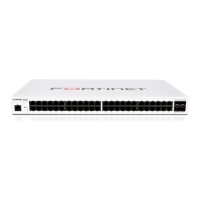
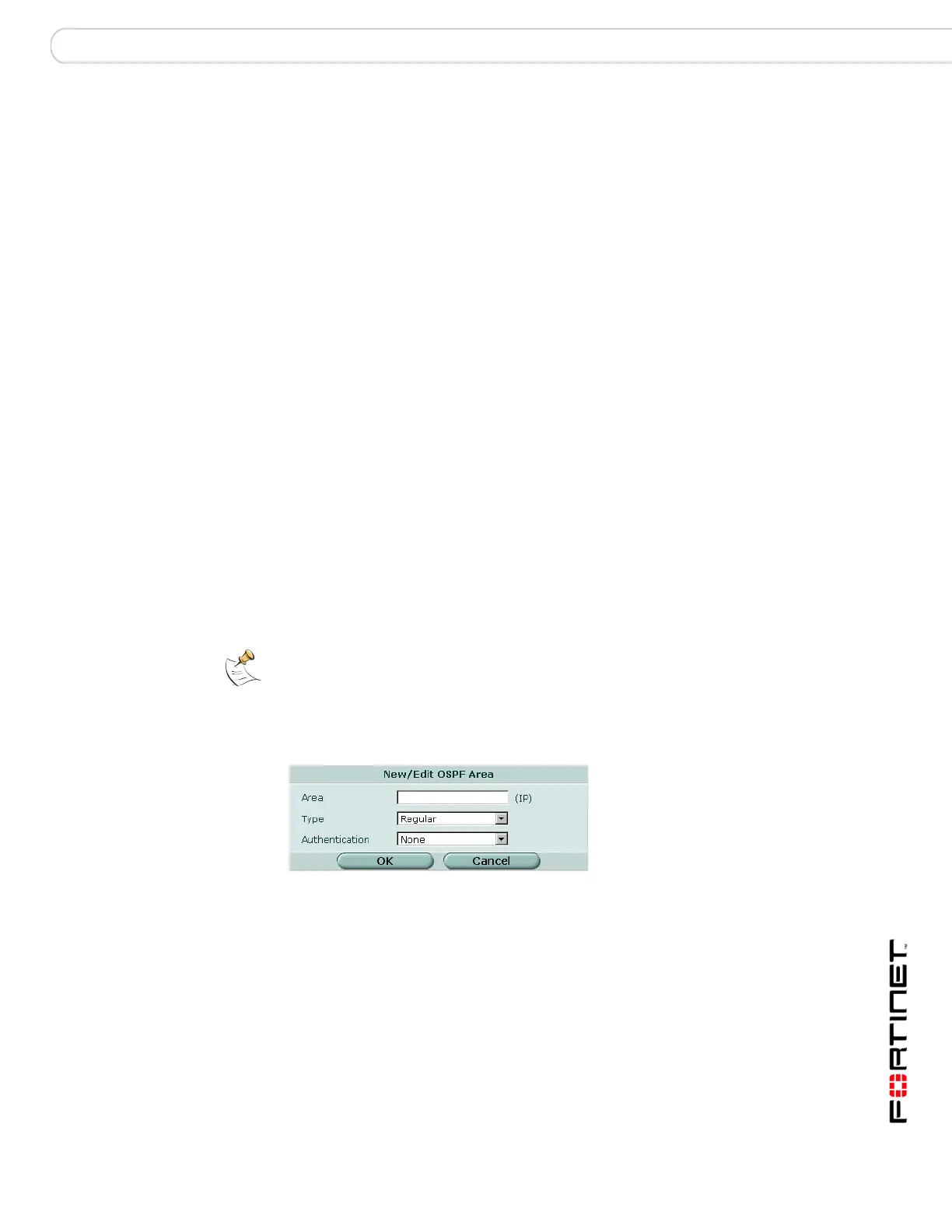